
Dr. K. B. Hedgewar
A commemorative postage stamp on Keshav Baliram Hedgewar, founder Sarsanghachalak of the Rashtriya Swayamsevak Sangh (RSS) :

 Issued by India
Issued by India
Issued on Mar 18, 1999
Issued for : The Department of Posts is happy to issue a commemorative stamp on this great patriot.
Credits :
Stamp and FDC : Brahm Prakash
Cancellation : Alka Sharma
Type : Stamp, Mint Condition
Colour : Multi Colour
Denomination : 300 Paise
Overall size : 4.06 x 2.73 cms.
Printing size : 3.71 x 2.38 cms.
Perforation : 13 x 13
Paper : Imported unwatermarked Adhesive Gravure Coated Stamp Paper in Sheets 50.8 x 53.5 cms.
Stamps Printed : Three Million
Number per issue sheet : 40
Printing Process : Photogravure
Printer : India Security Press, Nashik
Name : Keshav Baliram Hedgewar
Born on Apr 1, 1889 at Nagpur, Maharashtra, British India
Died on Jun 21, 1940 at Nagpur, Maharashtra, British India
About :
- Keshavrao Baliram Hedgewar (1889-1940), a patriot, seer, organizer and founder of the ‘Rashtriya Swayamsevak Sangha’ was born in a poor Vedic Scholar’s family. The rising tempo of the political atmosphere since the partition of Bengal in 1905 rubbed on to Keshavrao in his childhood itself. For organising students to raise the slogan of “Vande Mataram” during the visit of Inspector of Schools, he was expelled from high school. He passed the Matriculation examination of the National Council of Education, Bengal in 1909 and went on to complete his medical education in 1914.
- He never practised as a doctor. He advocated full political freedom and devoted himself entirely to national work irrespective of party affiliations, and was equally at home with the revolutionaries, the Congress and the Hindu Mahasabha. He galvanised the youth of the region and participated in the Home Rule Campaign of Lokmanya Tilak in Vidarbha in 1918. He was arrested and gaoled for Satyagraha both in 1921 and in 1931. His greatest achievement was the foundation of the ‘Rashtriya Swayamsevak Sangha’ on the Vijaya Dashami Day (27 September) in 1925.
- Dr. Hedgewar found that the people were hopelessly divided and that the methods tried till then for removing this greatest defect were unsuccessful. He felt that Indians lay prostrate before the foreign rulers mainly due to lack of unity and vitality and that they needed to be reinvigorated with a militant spirit. He was of the view that a consciousness of the glorious past of India would revive their confidence and pride, to regain independence. He devised a novel type of organization which converted the whole country into a vast continuing school, harbouring a set of disciplined friendly groups unaffected by any over-formal regulations, self-dependent and self-financing. This he called the ‘R.S.S.’ or the ‘Rashtriya Swayamsevak Sangha’, i.e. the National Volunteer Union. Mahatma Gandhi paid a visit to a camp at Wardha (25 December 1934) where with many other admirable things, he found that the organization had successfully managed to eradicate all vestiges of untouchability. Dr. Hedgewar remained at the forefront of the struggle for independence and again courted arrest at the call of Mahatma Gandhi in 1931.
- The demands of this growing organization increased its problems and even the iron constitution of the founder began to feel the strain from 1932. Against medical advice, he took neither full treatment nor rest, and worked day and night even when in bed. He died of high blood pressure on 21 June, 1940, at a time when his guidance was needed and even sought everywhere in the country, against the background of the Second World War.
- Text : Based on materials supplied by the sponsors as well as the Dictionary of National Biography by S. P. Sen.


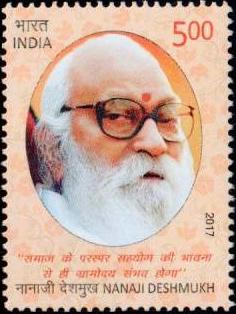
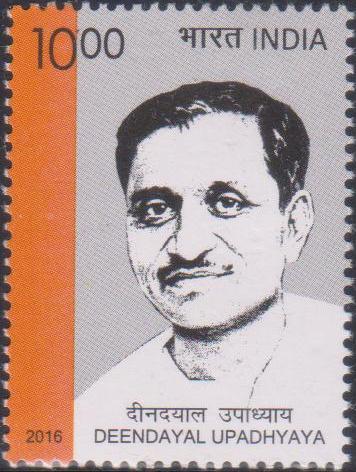

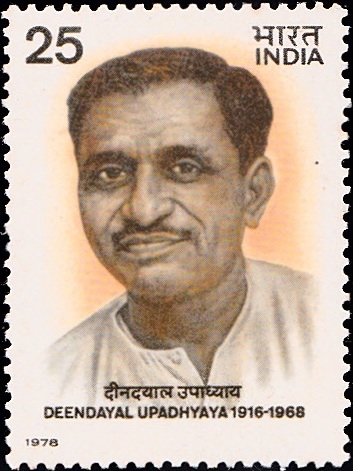
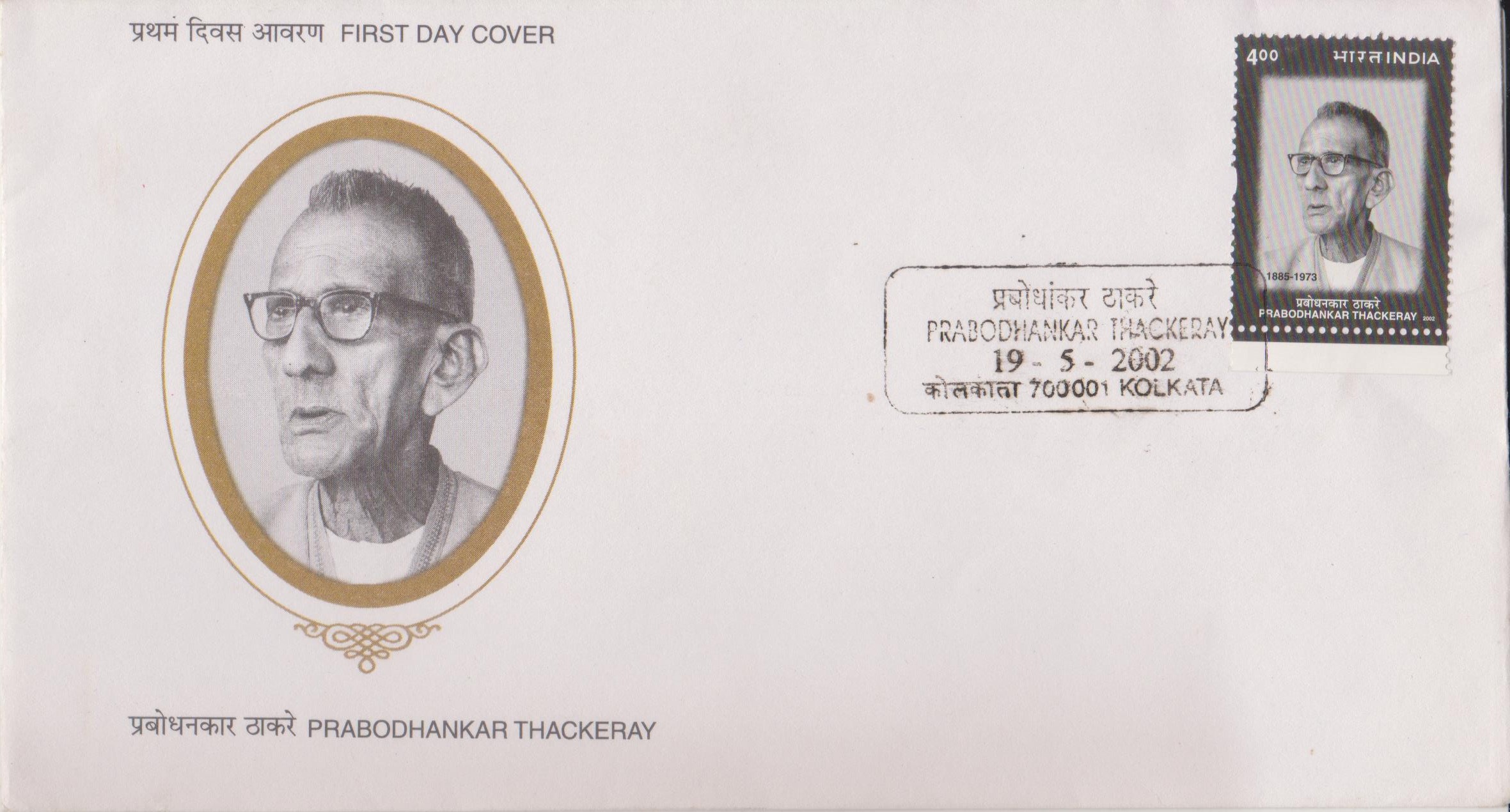
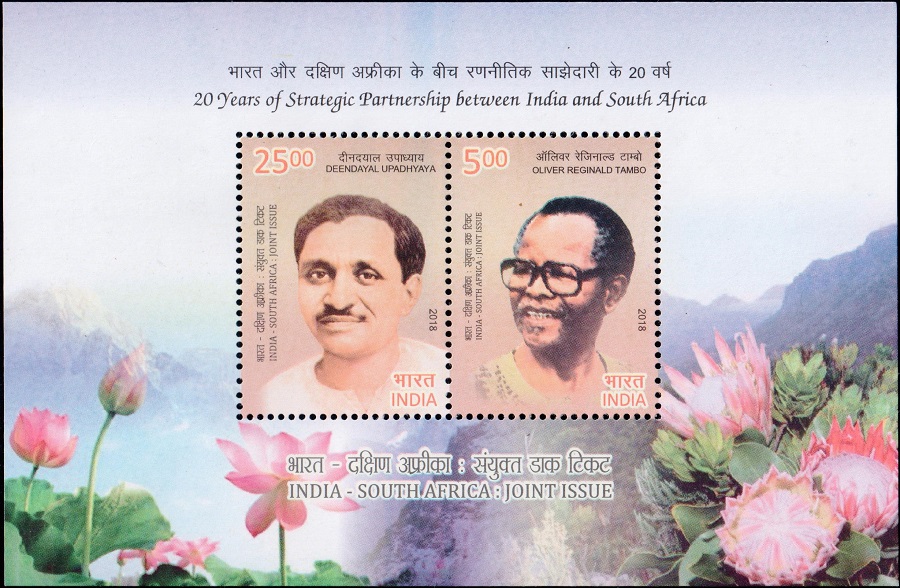
[…] Rashtriya Swayamsevak Sangh (RSS) through his classmate Baluji Mahashabde. He met the RSS founder, Dr. Hedgewar there. This inspired him to devote his life for the people. He attended the 40 day summer vacation […]
[…] Tilak and his nationalist ideology. He was also in close association with eminent leaders such as Dr. Keshav Baliram Hedgewar and Deen Dayal Upadhyaya who he met for the first time in the year 1940. In 1947, on the launch of […]